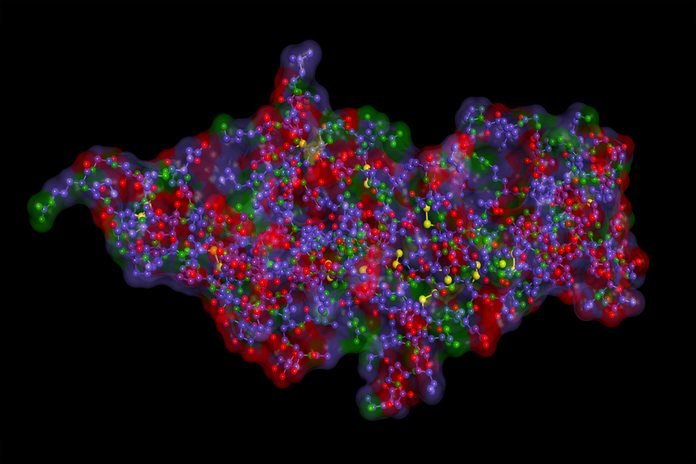Hormone therapy

It is noteworthy to understand that using hormone therapy is not a permanent solution for treating endometriosis but controls the symptoms very efficiently. Hormone therapy involves using some supplemental hormones to reduce or eliminate the symptoms of painful menses and excessive bleeding for the patients of endometriosis. Moreover, the ups and downs of hormones during the menstrual cycle result in the thickening, breaking down, and bleeding of the endometrial implants. The hormonal therapy might slow down the tissue growth due to endometriosis and help prevent new implant formation due to endometrial tissues. The option of hormone therapy is not a permanent solution for endometriosis. If the patient stops the treatment for a while, they experience the return of endometriosis symptoms with the progressing time. Some of the common hormone therapies in practice are as follows:
Gonadotrophin-releasing hormone (Gn-RH) agonists and antagonists
The use of these drugs helps block the formation of hormones that stimulate the ovaries and help prevent menstruation. These drugs also help lower the estrogen levels in the body and make the endometrial tissues shrink as these drugs create artificial menopause. It is essential to use progestin therapy in lower doses to decrease the possibility of menopausal side effects. The menopausal side effects vaginal dryness, bone loss, and hot flashes. The ability to conceive and the menstrual periods return when the female stop is taking the medication.
